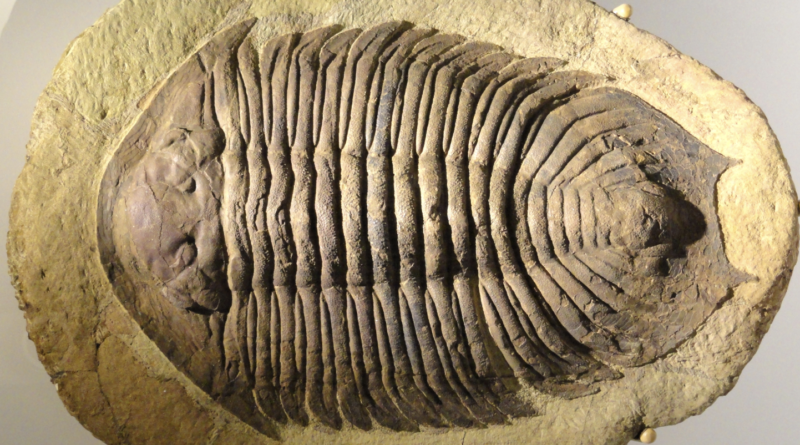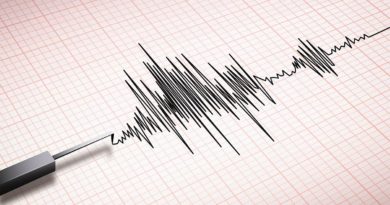Fezouata World Heritage Site
The Fezouata Formation is a geological formation located in the region of Fezouata, in the eastern part of the Moroccan Anti-Atlas Mountains. It is known for its rich fossil record, which has provided valuable insights into the paleontology and paleoenvironment of the region dates to the Early Ordovician. This Period lasted almost 45 million years, and ended 443.7 million years ago. Fezouata formation is one of 100 geological heritage sites around the world.
The formation was deposited in a marine environment, and is known for its exceptionally preserved fossils. The Lagerstätten were first identified in the late 1990s by a local fossil collector, Ben Moula.
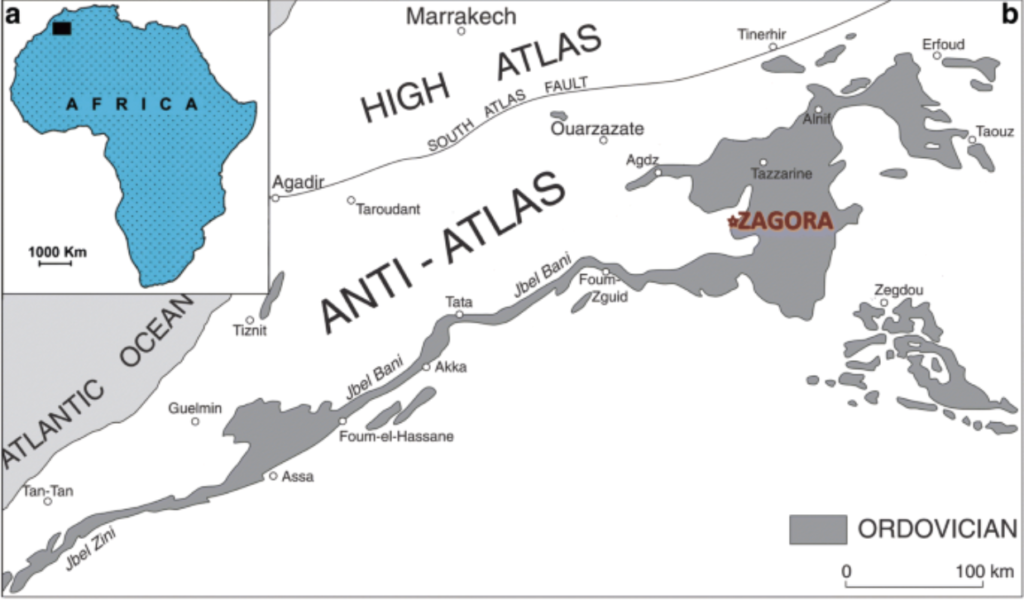
The Fezouata Formation is composed of sedimentary rocks, including sandstones, siltstones, and shales, which were deposited in a marine environment. The fossil remains found in the formation include a diverse array of marine life, including ammonites, belemnites, bivalves, and fish.
The fossils occur within an area of 500 square km (190 sq mi), in southeast Morocco’s Draa Valley, north of Zagora. Stratigraphically productive layers are found through a 1.1 km (0.68 mi)-thick column of rock. One formation are fossiliferous that sits 260 to 330 m (850 to 1,080 ft) above the base of the formation; and the upper, at 570 to 620 m (1,870 to 2,030 ft).
One of the most significant discoveries at the Fezouata Formation is the presence of numerous fossils of mosasaurs, a group of extinct marine reptiles that were top predators in the Late Cretaceous oceans. These fossils have helped scientists to understand more about the evolution and behavior of these animals, which were similar in size and appearance to modern day dolphins or whales.
Other important fossils found at the Fezouata Formation include those of turtles, crocodiles, and pterosaurs (flying reptiles). These discoveries have provided valuable insights into the paleobiology and paleoecology of the region during the Late Cretaceous period.
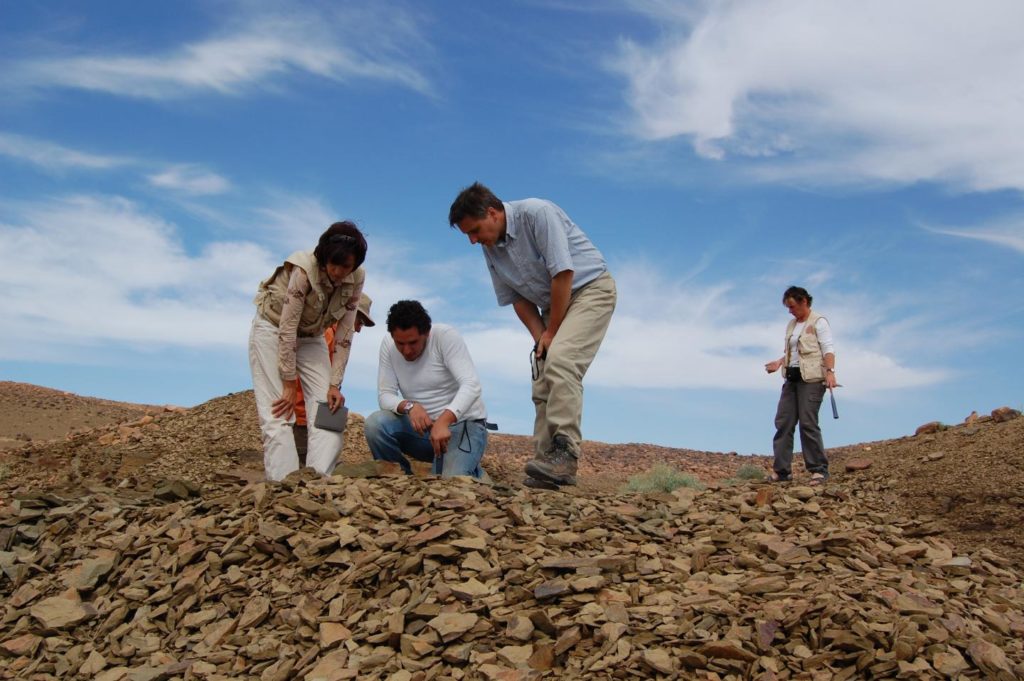
The Fezouata Formation has also yielded important geochemical data, which has helped scientists to understand the paleoceanography and paleoclimate of the region during the Late Cretaceous. This data has been used to study the evolution of Earth’s climate over millions of years and to better understand the impact of climate change on the planet.
Because of its exceptional fossil preservation, the International Union of Geological Sciences (IUGS) included the Fezouata Shale Fossil Site at in its assemblage of 100 ‘geological heritage sites’ around the world in a listing published in October 2022. IUGS Geological Heritage Site are known as a place of “geological elements and/or processes of international scientific relevance”.
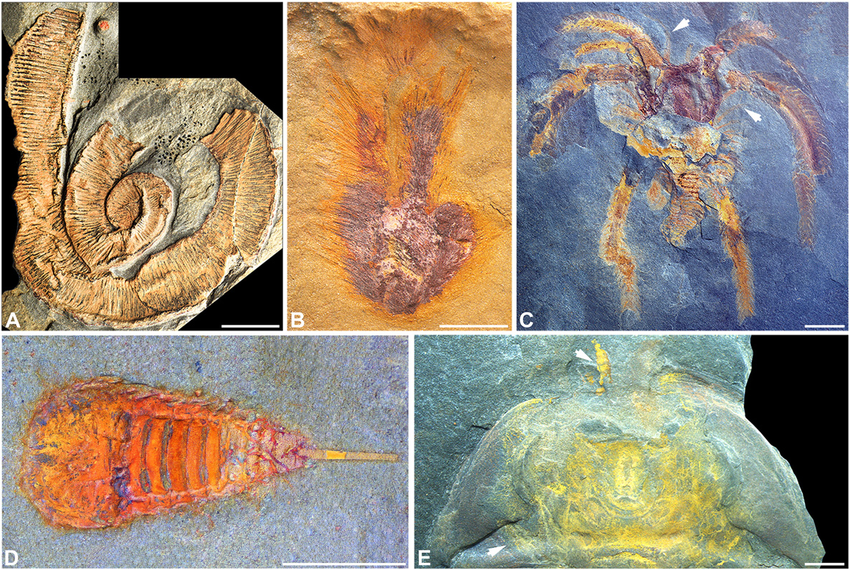
Overall, the Fezouata Formation is an important site for the study of the paleontology and geology of the Moroccan Anti-Atlas Mountains. It has provided a wealth of knowledge about the evolution of life on Earth and the changing climate of our planet.
